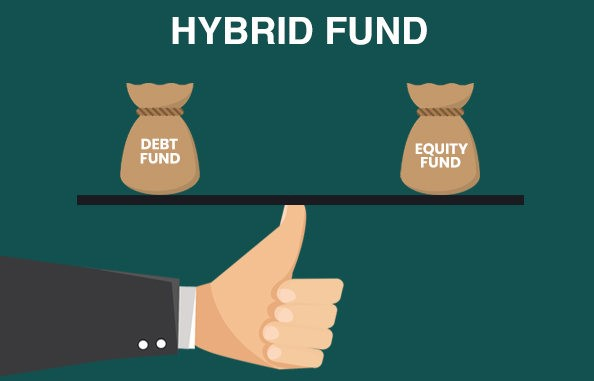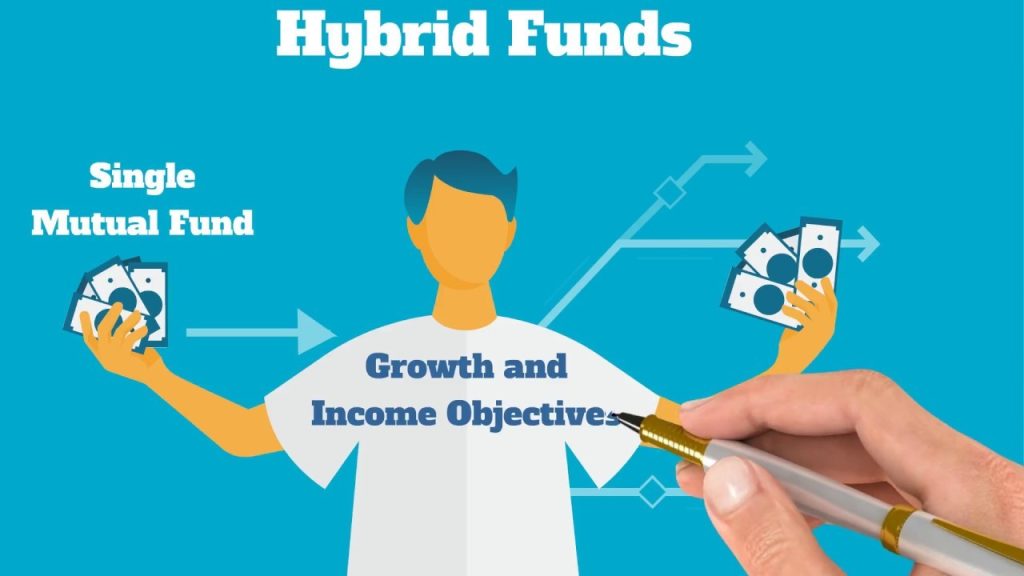Learning
Everything You Need to Know About Hybrid Funds in 2023

Stock market investing can be daunting on your own, and hybrid funds can be a great way to navigate it. In this blog article we will discuss hybrid funds, how they work, and how they might fit into your overall investment strategy.
We’ll also explore some potential drawbacks associated with investing in one. Read on to learn more!
Hybrid funds are mutual funds that invest in stocks and bonds, allowing investors to diversify their portfolios across different asset classes.
They often use a combination of active management (seeking out specific investments and trading them) and passive management (indexing or buying and holding existing indexes in proportion to their weightings).
Hybrid funds have become increasingly popular for investors looking to spread risk and diversify their portfolios without doing the research themselves.
Hybrid funds are cost-effective compared with other actively managed mutual funds due to reduced transaction costs since they do not require frequent buying and selling of stocks and other securities.
That said, there are some drawbacks to hybrid funds as well. For example, due to their active component, the fees associated with investing in hybrid funds can be higher than for index funds.
Additionally, many hybrid funds require a minimum investment amount, so they may not be suitable for some investors with smaller portfolios. Hybrid funds also have the same risk factors associated with traditional stock and bond investments, such as fluctuating market prices and prevailing economic conditions.
A hybrid fund: what is it?
Hybrid funds invest in debt and equity products to diversify and reduce the concentration risk. While less hazardous than equity funds, the ideal combination of the two gives larger returns than a standard debt fund. Your investing aim and risk tolerance will determine the hybrid fund you choose.
What other hybrid fund kinds are there?
Here are a few well-liked hybrid fund types:
- Equity-oriented hybrid funds: Between 65% and 80% of their total assets are allocated to stocks and securities related to equity in equity-oriented hybrid funds. The remaining portion is allocated to the money market and debt-based products. A different name for them is aggressive hybrid funds.
- Debt-oriented funds: On the other hand, debt-oriented hybrid funds make between 75 and 90 per cent of their investments in debt-based instruments and between 10 and 25 per cent in equity and equity-based assets. Conservative hybrid funds are another name for debt-focused hybrid funds.
- Balanced funds: In balanced funds, equity and debt are split between 40 and 60 per cent.
- A balanced advantage fund: a dynamic asset allocation fund with assets in debt and equity equivalents that are dynamically managed is called a balanced advantage fund.
- Arbitrage funds: These funds acquire and sell assets to take advantage of the price differential.
What Advantages do Investing in Hybrid Funds Offer?
Now that you are aware of the many hybrid fund kinds, let’s examine the advantages of investing in them:
- You may benefit from the best of both equity and debt by investing in hybrid funds. By investing in a single fund, you may combine the power of equities to create wealth with the steadiness of debt.
- Your investments will have more diversity because the fund consists of stock and debt products.
- Investors who wish to begin equity-based investing with less volatility may find hybrid funds a good alternative. This is so that your investment will be less volatile and more stable, thanks to the fund’s debt component.
- Furthermore, you may invest in debt and equities using a SIP (Systematic Investment Plan).
When Investing in Hybrid Funds, What Aspects Should Be Considered?
Hybrid fund investment has many advantages, but there are also certain things you should watch out for.
Take a look at these things:
- The level of risk associated with investing in hybrid funds is matched to the fund’s asset allocation. As a result, examining the fund’s makeup might be helpful. You can check out the equities it invests in. You may check if they are small-cap, mid-cap, or large-cap companies.
- You may also evaluate your objectives in light of their timetables and level of risk tolerance and see whether they align with your investments in hybrid funds. Look for expert financial counsel to acquire a better understanding of this.
Conclusion
This makes this category of funds the perfect choice for new stock investors or investors seeking returns that outpace inflation. However, it’s important to remember that both hybrid funds types are subject to debt taxes.
To sum up, a person who invests in a hybrid mutual fund scheme benefits from active risk management, portfolio diversification, and asset allocation.



























